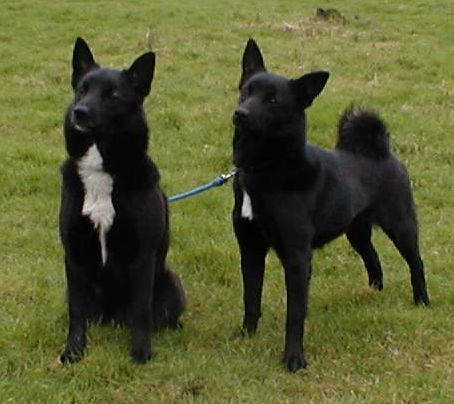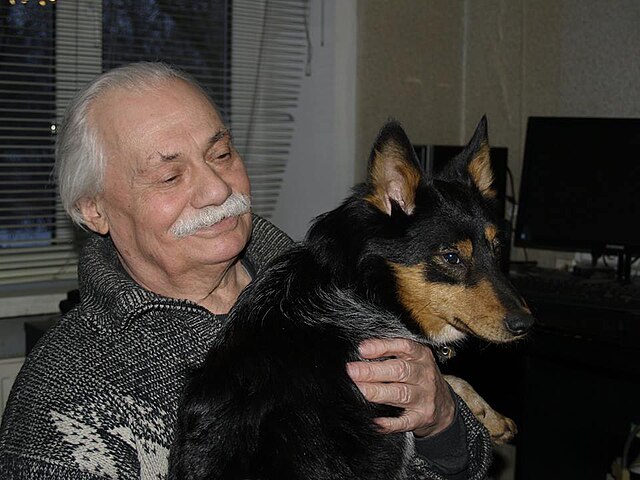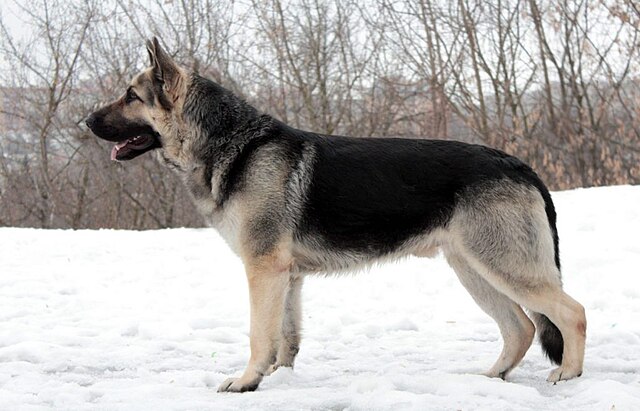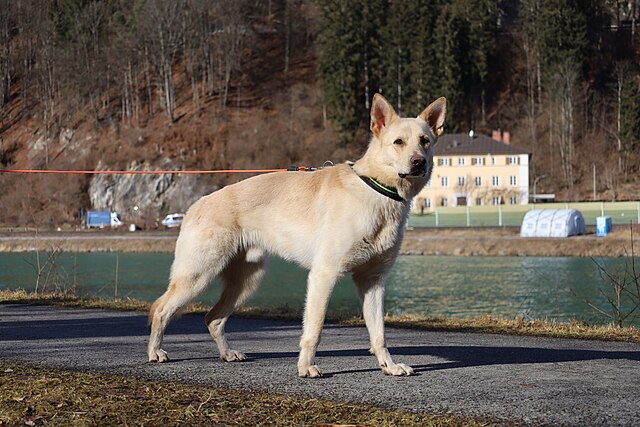The Norwegian Buhund is a small spitz-type breed, originally used for herding as well as being all-purpose farm dogs. These happy, gentle souls are intelligent and affectionate. They prefer to spend time with their owners and enjoy being involved in family activities. At the end of the day, there isn’t much they’d prefer more than to lie at the feet of their master (males are usually particularly affectionate). Overall, they make great pets!
Buhunds are smart and easily learn new things. Many enjoy obedience as long as there isn’t too much repetition, which will otherwise cause them to become bored. Like many spitz breeds, they are independent thinkers and not “push-button” obedience dogs. For best results, a trainer needs to be able to keep them engaged and interested! Training is actually fairly important, as the Buhund needs a job (and one must train the dog to do the job). Without a job, these smart little guys will find other ways to occupy their brains and their time… and it may not be something their owner would approve of. Despite their small size, this is a working breed and must be raised as such!
Like other breeds bred to work for hours at a time, the Buhund has a lot of energy and needs a lot of exercise. Enrolling them in competitive dog sport classes that allow them to really move is a definite plus! This breed does great in events like agility or disk dog, as they are able to burn off a lot of steam while practicing or competing. When not practicing, they should be allowed daily workout sessions such as a nice jog or hike. Doing so will ensure that both dog (as well as owner) is happy!
Because of their herding heritage, this breed is very interested in livestock. People living in the countryside, particularly, are warned not to let their Buhunds wander – as most will run up to strange cattle or sheep and tend to worry the flock. In the most ideal of circumstances – every owner of a Buhund would have a flock of their own for their dog to work, but this obviously isn’t realistic for most.

The Buhund makes a good watchdog, although he tends to get carried away with using his voice. Not only can he be quite vocal, but his bark can be extra irritating for many – it is very high-pitched! The breed needed this shrill bark to be heard while working up in the mountains. It was a way to locate this herding breed while he was working with the flocks. While most Buhunds won’t bark for no reason, they can almost always find things to “communicate” about – especially if they have access to windows (and those windows contain moving objects, people or animals). This breed isn’t always ideal for individuals living in close proximity to others, or in other hot spot locations.
Care of the Norwegian Buhund is fairly easy. Their short double coat is easy to groom and take care of, although it does shed. The shedding is at its worst two times a year, but otherwise the coat loss will be fairly minimal. Combing them out a few times a week only takes a couple of minutes! During those two times of year when the shedding is at its worst – be prepared to have a lot of loose hair rolling through the house! For dogs that have short coats, an owner may be surprised at the amount of coat that the dog will drop! Luckily, this won’t last forever and the dog will soon be back to his easy-care state.
The Buhunds is a fairly hardy animal, and not prone to many hereditary conditions – meaning that one wouldn’t expect to have to go to the vet on a frequent basis. They do need to live primarily indoors (especially if living in Texas) as they prefer cooler temperatures (and air conditioning) to hot weather. Luckily, they are clean and tidy dogs that aren’t generally destructive inside of the house. They are also polite, even geting along just fine with children, although supervision is always recommended.
The Buhund can sometimes get possessive of places or objects, especially when going through the adolescent stage. It is of absolute importance that they not be allowed to claim items or spots as their own. As long as rules are put into place from the beginning, and those rules are enforced in a firm but fair way, most owners don’t have too much trouble once the dog grows passed the “testing phase”.



